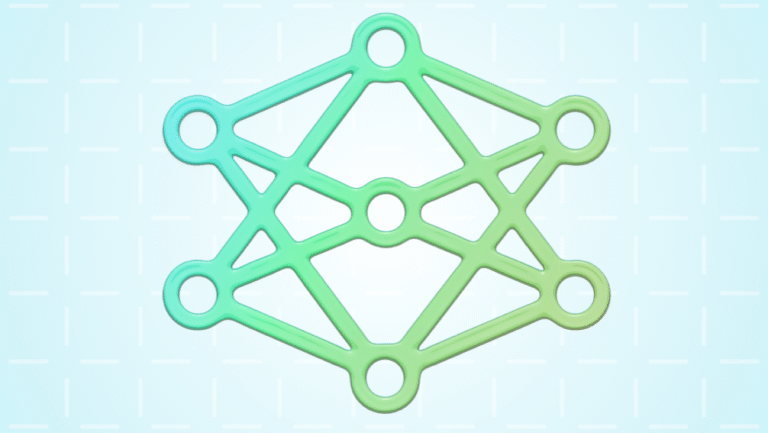
For product managers, one of the biggest challenges they face has always been balancing speed, cost, and innovation. Traditionally, making changes to a product—whether tweaking a feature, adjusting UI elements, or testing completely new functionality—has been a time-intensive and costly endeavor. Even traditional agile development cycles for a feature or change can take weeks or months, requiring significant resources before an idea can be validated.
Generative AI is changing that equation entirely! AI can now be your new approaching-zero-cost development colleague. With AI-assisted coding, product teams are shifting from a traditional development model—where engineers are the gatekeepers and often bottleneck of change—to a new paradigm where AI functions as an on-demand developer ready and waiting to work with you to bring your ideas to reality. Instead of creating infinite backlogs for engineering resources, product managers can now directly generate and implement changes, or in some cases complete working products and features. This shift eliminates the friction between ideation and execution, allowing PMs to take ideas to the real world nearly instantly.
AI-generated code enables product teams to build, modify, and test features with an ease and speed that was never before possible. No longer constrained by human bandwidth, PMs can iterate rapidly, testing new ideas in real-time. This means the days of prototyping in static design tools or imagining how a feature might work are over—you can now just make the change by describing it (or “vibe coding” as it’s becoming known) and see it in action.
I have started integrating AI-assisted development into all of my development projects, and you should too. Here’s why this mindset shift is a game-changer for product managers:
Instant Product Evolution
- No need to wait for engineering resources—PMs can implement and test changes immediately.
- Instead of speculating on how a feature might work, AI allows you just do it for real and see it live.
- Continuous improvements can happen at the pace of thought, rather than the pace of development cycles.
- Testing and defect resolution can happen much quicker and lower cost. You always have another set of “eyes” that can review code for bugs, security vulnerabilities, or inefficiencies before it ships!
Your New Always-Available and Infinitely Patient Developer Colleague
- An AI developer is always available and doesn’t get tired (or need coffee breaks).
- Unlike human developers who are pulled in multiple directions, AI is infinitely patient—it never gets distracted, fatigued, or frustrated with continuous iterative changes or explaining itself.
- Small teams can move at the speed of much larger organizations without needing to scale engineering staff.
- PMs no longer need to be highly technical to experiment with new functionality or work through problems.
No More Prototyping—Just Build It!
- Instead of static wireframes or clickable prototypes, AI can generate working code that can be tested in real environments and put in front of real users.
- Rapidly deploy changes, gather user feedback, and iterate instantly—without heavy engineering investment.
- The ability to make live updates without a full engineering cycle means a radically different approach to product iteration.
The Future of AI-Assisted Product Development
We’re entering a new era where product managers are no longer just strategists—they are builders. The economies of software development are changing. AI isn’t replacing developers but augmenting them, by multiplying their capabilities and allowing human teams to focus on high-value problem-solving. The ability to move faster, iterate more, and implement changes instantly will be a defining competitive advantage and ultimately an expectation for software products.If you’re a product manager looking to stay ahead of the curve, now is the time to stop imagining and start building. The future of product management is instant, AI-driven, and more innovative than ever before. There are lots of great AI-powered IDE’s and tools starting to pop up, but the one I like the best so far has been Cursor. Whether you are skeptical, curious, or somewhere in between… go download it and build a working piece of software to see for yourself!



